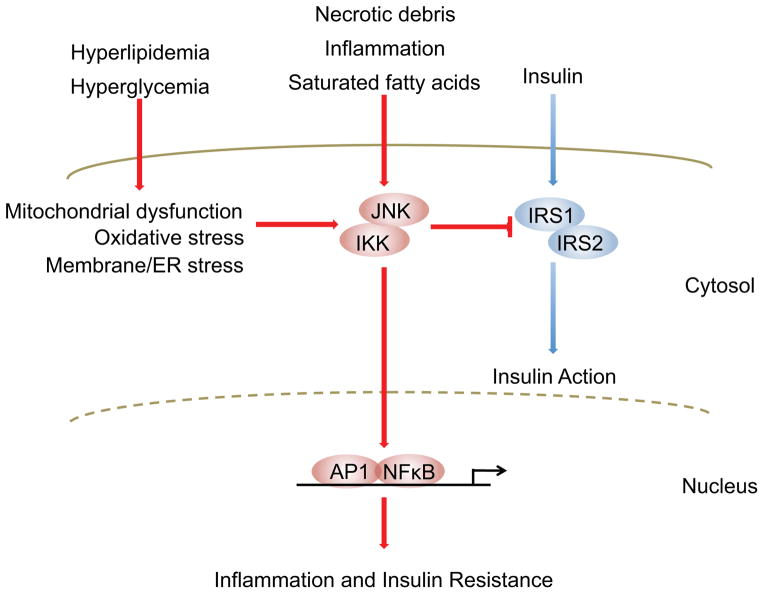Figure 1. Inflammatory signaling pathways link nutrient excess to insulin resistance.
Insulin’s presence at the cell surface is transduced to cytoplasmic and nuclear responses by tyrosine phosphorylation of insulin receptor substrate (IRS)-1 and -2. Serine phosphorylation of these same proteins by Jun N-terminal kinases (JNK) and inhibitor of nuclear factor κB (NF-κB) kinases (IKK), however, potently inhibits insulin signaling. Many diverse cell-intrinsic and -extrinsic sequelae of chronic nutrient excess activate these signaling pathways, directly linking overfeeding to insulin resistance. Furthermore, JNK and IKK activation triggers inflammatory cytokine production, further activating JNK/IKK in an autocrine and paracrine manner and reinforcing insulin resistance. Abbreviations: ER, endoplasmic reticulum; AP-1, activator protein-1.

